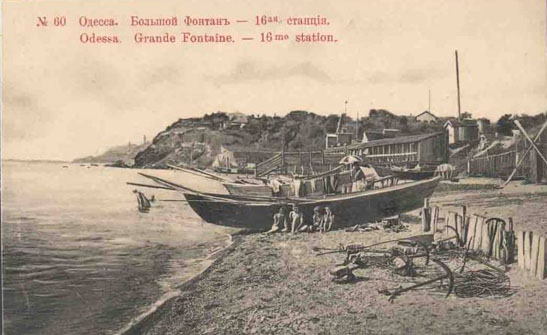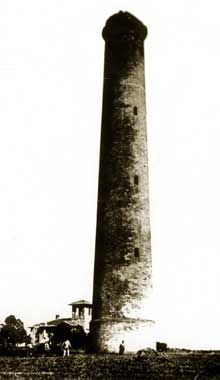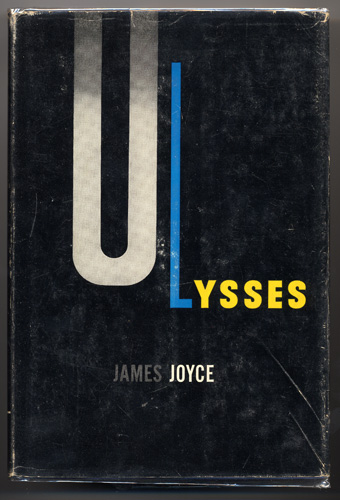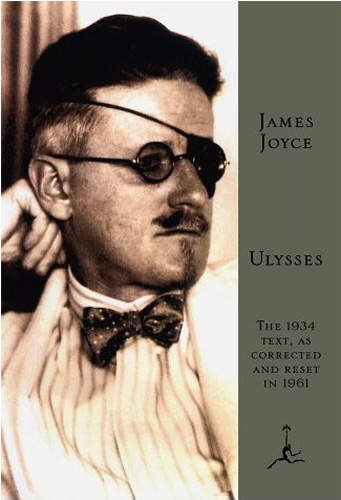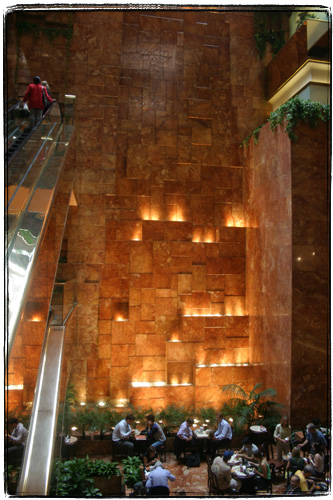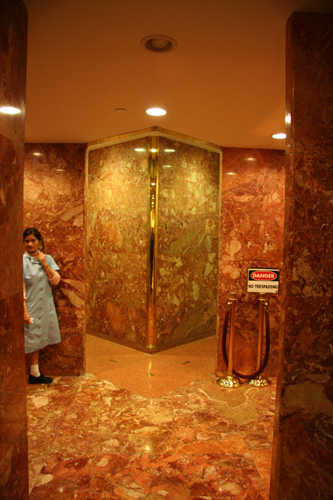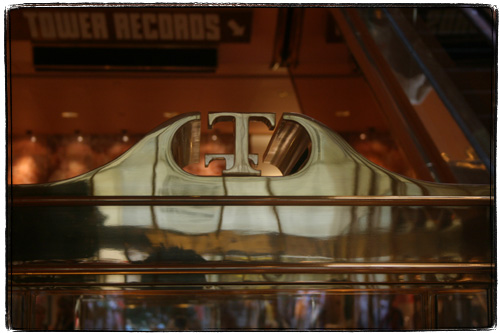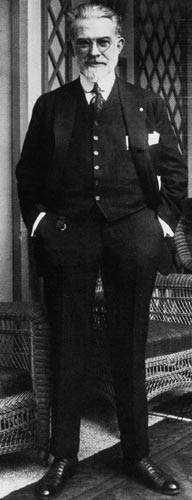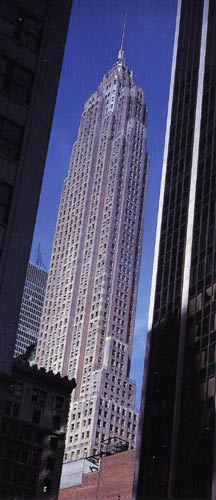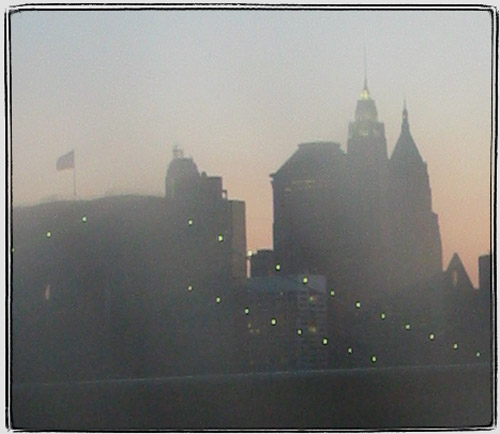I decided that I’ll take a break from a blogging break to tell a story that has two of my favorite things: symbolism and legends of my hometown. In particular, it’s the legend of the Kovalevsky’s Tower.
A fountain and a tower are two very commonly used symbols. A fountain is a symbol for life and creativity, one with a mostly positive meaning. A tower is a darker symbol, one about overreaching achievement, and fall. In Tarot a Tower card is an ill omen. Yet a tower is a very attractive symbol. I am immensely drawn to towers, just look at how frequently I write about them.
There aren’t any skyscrapers in my hometown. There are fountains though. Not just the regular water spritzing ones: there are three very important neighborhoods called The Big, Middle, and Little Fountain. You see, Odessa, although on the sea, is located very far from any rivers that can provide potable water. In the olden days much of the water was procured from three wells, the Big, Middle, and Little Fountains, which were located relatively far from the city center, near the sea. An alternative way to collect water from rooftops was available, but as there’s a lot of dust in the air, people referred to this less tasty water as “this is no fountain”, an expression that survived to this day referring to something sub par.
If you take a tram from the city center, you’ll pass through the many stations of the Little, Middle and Big Fountains which follow the sea shore and are mostly filled with dachas. My grandparents used to have a dacha at the 13th station of the Big Fountain, a little plot of land with a house and outhouse that my father and grandfather built themselves. When we left, it was sold for about $7000. I am told that the land that we used to own would be worth about $1,000,000 today.
The last station is 16th. There you would switch to an ancient little tram with two “heads” (it was needed because there was only a single track, and one tram would service the whole line going back and forth). This tram, nicknamed push-pull would take you to yet another neighborhood called Kovalevsky’s Dacha. There were more dachas there, a large Russian Orthodox monastery, and natural, sand-less beaches with steep rocky cliffs (the rest of the shore used to be like that as well, but the cliffs where dynamited and sand washed on).
There is a legend connected to Kovalevsky and his dacha. This legend is a little bit like Rashomon, as there are many different ways it’s told.
In one version, a wealthy merchant, Timofey Kovalevsky decides to solve Odessa’s water problem by building the first water line. He finds a huge water well beyond Big Fountain and starts laying pipe into the city. At the source he builds a huge tower. He finishes the project, but he is financially ruined due to insufficient revenues. Either the water is of poor quality (not like Fountain water, because of the pipe sediment), or because people are afraid of technology and call his water “machine water”, or because around the same time another water line from Dniester river is completed. One way or another he is ruined, and commits suicide by jumping from the tower. In this version it is a story of pitfals of technology, its quick obsolescence and/or inferiority to older technology.
A famous version of the story comes from Kataev’s “Lonely White Sail”. In Kataev’s version Kovalevsky undertakes his water line project alone out of greed. A slew of bankers beg him to take them as partners, but he refuses, wanting a water monopoly. He builds the tower to get to the water, only to run out of money – the water is too deep, and the machinery and pipes are too expensive. He begs the bankers for money, but they refuse. Kovalevskiy keeps circling around the tower thinking about how to get money to complete the project, getting crazier and crazier, but one day gives up, climbs the tower and jumps off it. In Kataev’s version the legend is a cautionary tale of greed.
An even more disturbing version comes from Paustovsky’s “Slow Time”. Paustovsky tells the story differently. In it, Kovalesky is a very rich eccentric. He buys a plot of land far from the city and builds a dacha. Then he commissions a huge tower to be built, for no practical reason whatsoever. Several times he drinks tea at the top of the tower, and then commits suicide by jumping from the top. In another variant of this the purpose of the tower is mystifying the contractors, until the moment it’s complete: Kovalevsky has it built in order to jump from. This way it’s a story of depression, eccentricity, purposelessness, and suicide.
All stories mention that the tower was preserved until WWII, and did end up serving a purpose: it was a very good nautical navigational landmark. During WWII it was destroyed, similar to Tesla’s Wardenclyffe Tower on Long Island. Legend of Wardenclyffe Tower echoes many aspects of the legend of Kovalevsky’s Tower – the running out of funds, the mysterious purpose, etc.
This, of course is all very lame journalism and research. I am basically retelling the same story the way I heard it, the way I’ve read it on a number of websites, and in several books. I don’t have access to archives or any specialist literature that might shed any light on what really happened with Kovalevsky and his tower. I hope maybe commenters might eventually add some more information to this post.
I don’t know exactly where the tower used to be and where its remnants are right now. My understanding that it’s somewhere near the Big Fountain cape. The link provides the rough coordinates and a photo. Maybe it’s possible to find the location in Google Maps.
I was able to locate only a single photo that supposedly shows the tower on a website retelling one of the variants of the story. The tower is indeed humongous, and really does not look like a water tower. Maybe there’s a point to the the story about a pointless tower built for suicide.
[update] I recently found this old photo that provides a view from beyond the lighthouse:
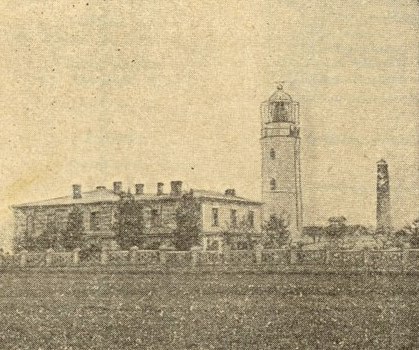
From all the accounts that I’ve encountered the tower was destroyed. But what is this then? I’ll be in Odessa this summer, and I’ll mount an expedition to check this out.
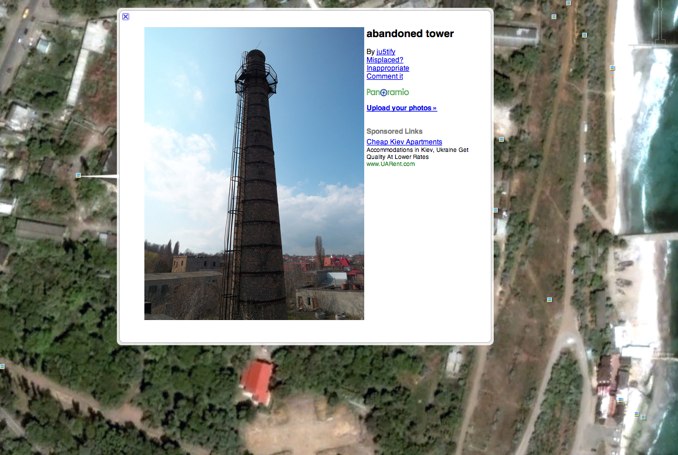
The tower is described as an over-sized chess tower, a tower that looks like a lighthouse, a good navigational aid seen from the sea, and a ominous, dark building.
Here are some two old postcards (a photograph and its retouched version) of the Big Fountain cape. There is a lighthouse, and something that looks like a long slender tower. Could that be Kovalevsky’s tower?
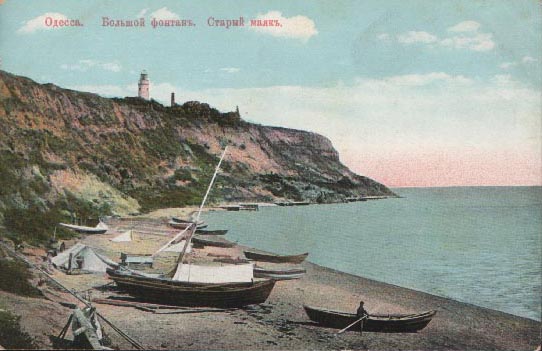
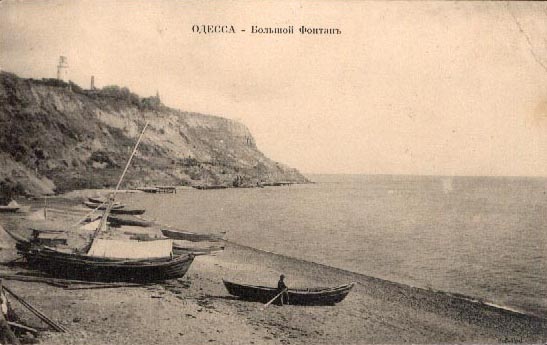
This is what the natural beaches looked like all over Odessa’s coast. I remember beaches near Kovalevskiy’s dacha looking like that when I was little.
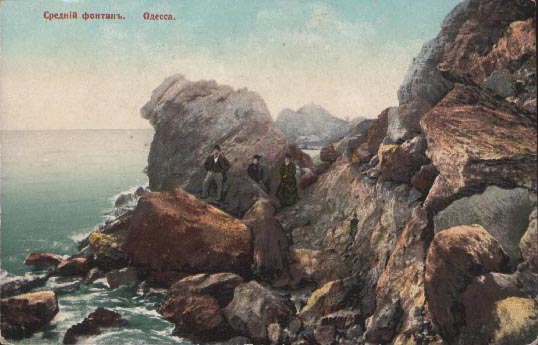
Another view of the Big Fountain cape, with a “shalanda” fishing boat. There’s something tower-like in the distance, but it’s very hard to tell.
